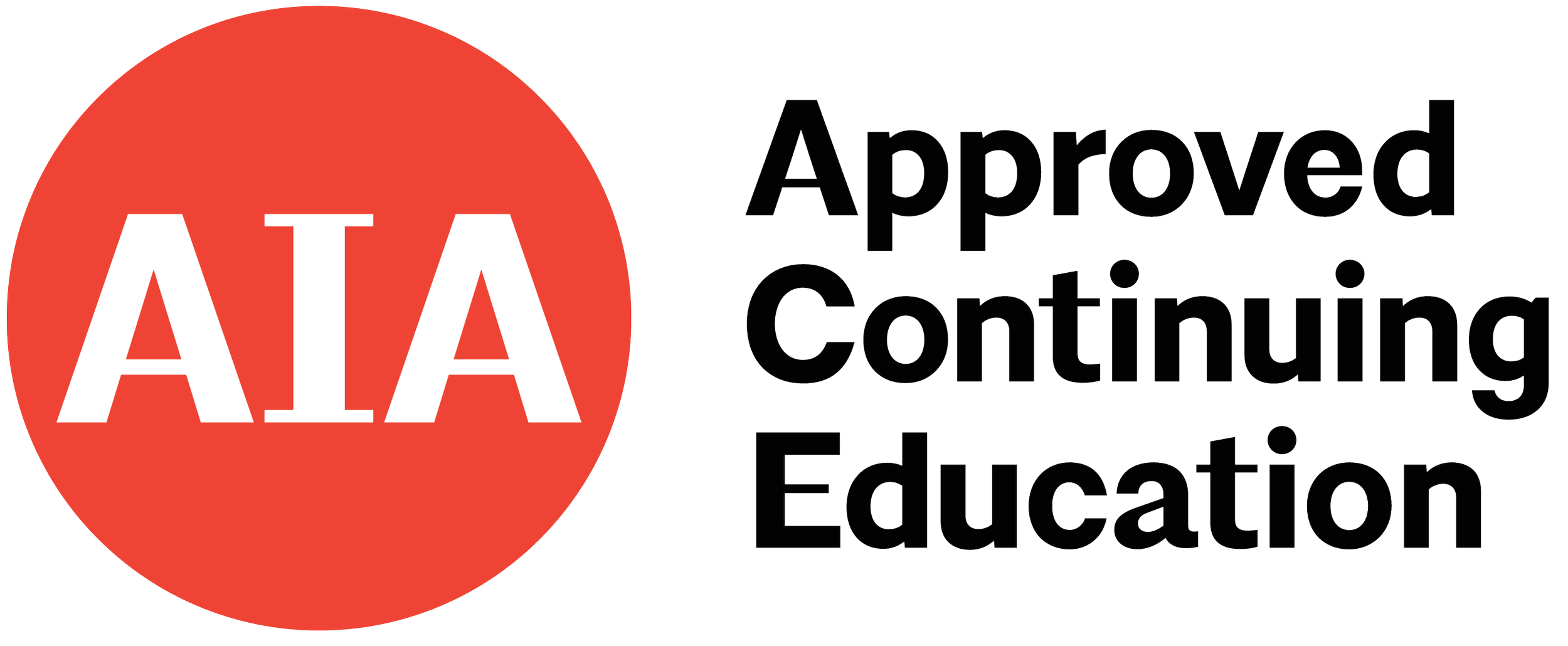CEUs
1.5 LU/HSW
Cost
Free
Full-time students
$10
Members of AIA, 2030 District, AFC, ASLA, APA, ASHRE, CNU, Green Umbrella, NOMA, ULI, or USGBC
$25
Non-Members
Location
GBBN
Program Overview
The term “Complete Streets” is used widely, but not always with precision and consistency. Do they include all forms of transportation in all cases? Are they green? Do they take the same size and form in all contexts?
We’ll learn the different definitions of Complete Streets. We learn their benefits and their implementation challenges. We’ll learn what they can accomplish for safe, multi-modal means of transportation and the attendant health benefits and what they can’t.
Participants will see examples of quintessential Complete Streets, which can be built when a community has room to design them from scratch. We’ll see examples of Complete Streets in suburban, exurban, low-density urban, and high-density urban contexts. We’ll also see examples of what older cities, with fixed rights-of-way and existing urban buildings, can achieve by instituting Complete Street standards.
Presented by the AIA Cincinnati Urban Design committee.
Learning Objectives
Participants will understand definitions of Complete Streets and analyze their essential elements. Participants will become familiar with how different perspectives influence the design of a Complete Street and will gain an understanding of the economic benefits of Complete Streets – for those who travel on them, for business owners and developers who construct buildings along them. Participants will also understand the potential costs building developers may incur due to Complete Streets.
Participants will understand safe features for all modes of transportation and the various ways people use Complete Streets. This includes designing for the safety of all pedestrians, people with mobility challenges, bicyclists, drivers, and users of scooters and Segways. Participants will learn why Complete Streets are critical to developing equitable communities for a range of socio-economic groups and how they ensure safe, efficient travel for those who use non-car modes of mobility.
Participants will understand safety related aspects to consider when siting buildings and designing circulation and access to them along a Complete Street. Participants will understand design strategies which ensure safe and comfortable site access, parking, loading, and traveling into and through buildings using multiple means of mobility.
Participants will understand design strategies for Complete Streets which encourage healthy, outdoor activities and the use of non-motorized means of transportation. Street designs which provide low stress, safe, and comfortable ways to walk and bike ride, greatly enhance social and community interaction and the health and well-being of community residents. Accommodations for public spaces will be examined including best practices for dealing with traffic noise and air pollution.
Speakers
Council Member Mark Jeffreys
Mark is a resident of Clifton with his wife Pamela and four kids. The son of an immigrant, Mark grew up working poor, and worked his way through college at the University of Chicago with a union laborer job. After college, Mark went on to work on Capitol Hill and then in Asia before getting his MBA from Georgetown University. Mark spent over 16 years at Procter & Gamble. While at P&G, Mark led brands such as Pampers and Gillette. He left P&G 5 years ago to launch his first start-up, which he sold in July 2020. He then launched 4Sight Advantage, which is a machine learning capability that predicts “villain and hero” ingredients for large companies. He still runs 4Sight Advantage today. On City Council, Mark has focused on building a Safer, Cleaner & Greener Cincinnati and serves as Vice Chair of the Climate, Environment & Infrastructure Committee. In his first term on City Council, he has been able to introduce and pass legislation that promotes better land use policies including a Complete Streets Ordinance as well as multiple zoning initiatives.
Beth Osborne, Director of Transportation for America.
Beth was previously at the U.S. Department of Transportation, where she served as the Acting Assistant Secretary for Transportation Policy and the Deputy Assistant Secretary for Transportation Policy since 2009. At DOT, Beth managed the TIGER Discretionary Grant program, the Secretary’s livability initiative, the development of the Administration’s surface transportation authorization proposal, and the implementation of MAP-21. Before joining DOT, Beth worked for Sen. Tom Carper (DE) as an advisor for transportation, trade and labor policy, as the policy director for Smart Growth America and as legislative director for environmental policy at the Southern Governors’ Association. She began her career in Washington, DC, in the House of Representatives working as a legislative assistant for Rep. Ron Klink (PA-04) and as legislative director for Rep. Brian Baird (WA-03).
Moderator: Jeff Raser, AIA, CUDA Studio
Continuing Education Details
Course Number: UDC2023.a
Instructional Delivery Method: live
AIA CES Program Approval Expiration Date: 4/25/2025
Prerequisites: none
Program Level: beginner
Advance Learner Preparation: none
AIA CES Provider Statement
AIA Cincinnati is a registered provider of AIA-approved continuing education under Provider Number 088. All registered AIA CES Providers must comply with the AIA Standards for Continuing Education Programs. Any questions or concerns about this provider or this learning program may be sent to AIA CES (cessupport@aia.org or (800) AIA 3837, Option 3).
This learning program is registered with AIA CES for continuing professional education. As such, it does not include content that may be deemed or construed to be an approval or endorsement by the AIA of any material of construction or any method or manner of handling, using, distributing, or dealing in any material or product.
AIA continuing education credit has been reviewed and approved by AIA CES. Learners must complete the entire learning program to receive continuing education credit. AIA continuing education Learning Units earned upon completion of this course will be reported to AIA CES for AIA members. Certificates of Completion for both AIA members and non-AIA members are available upon request.


